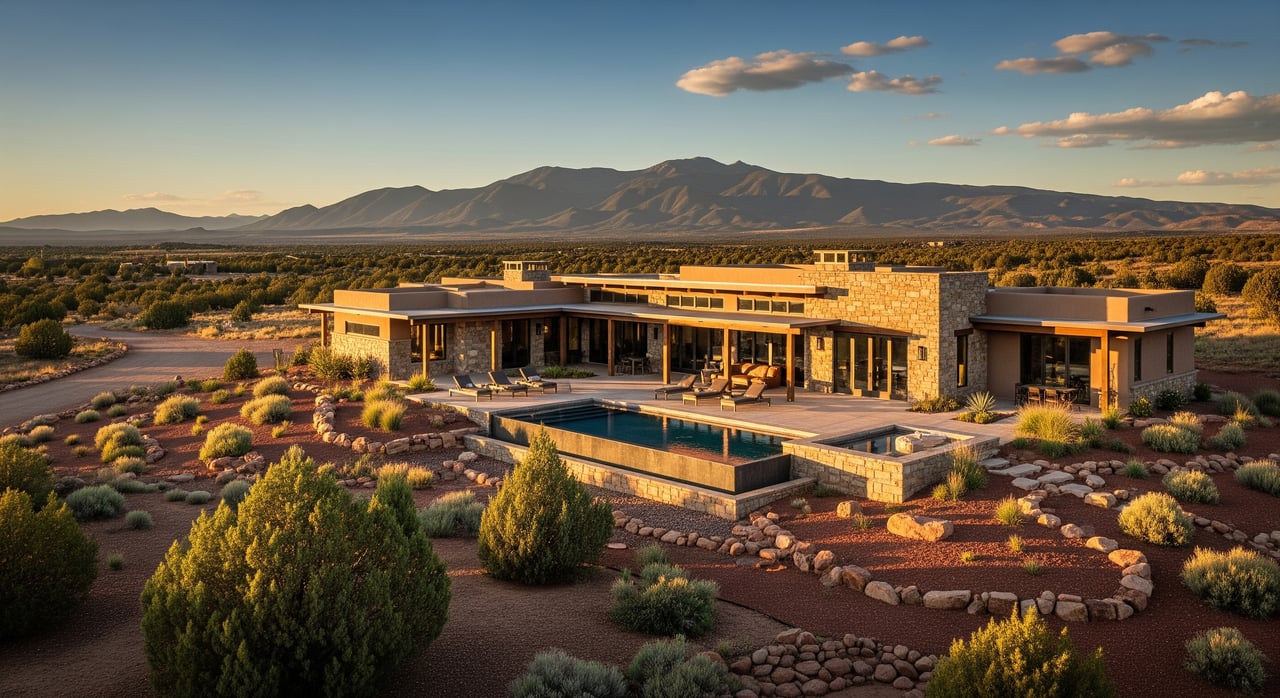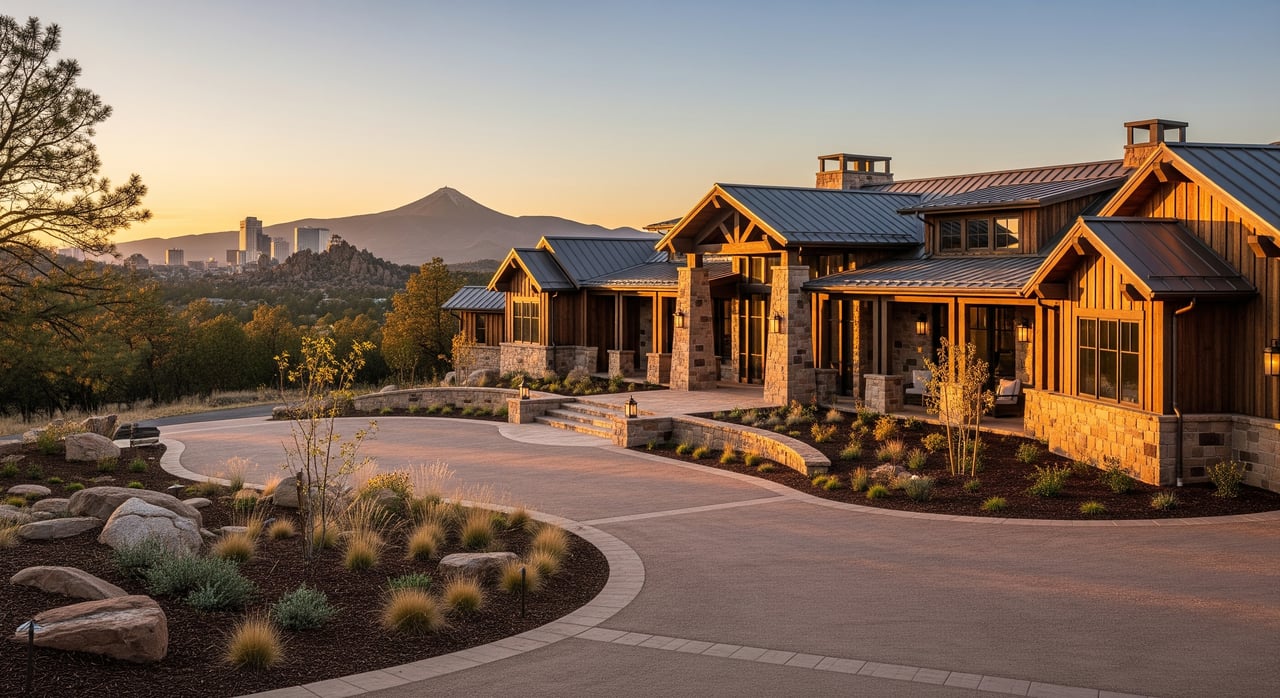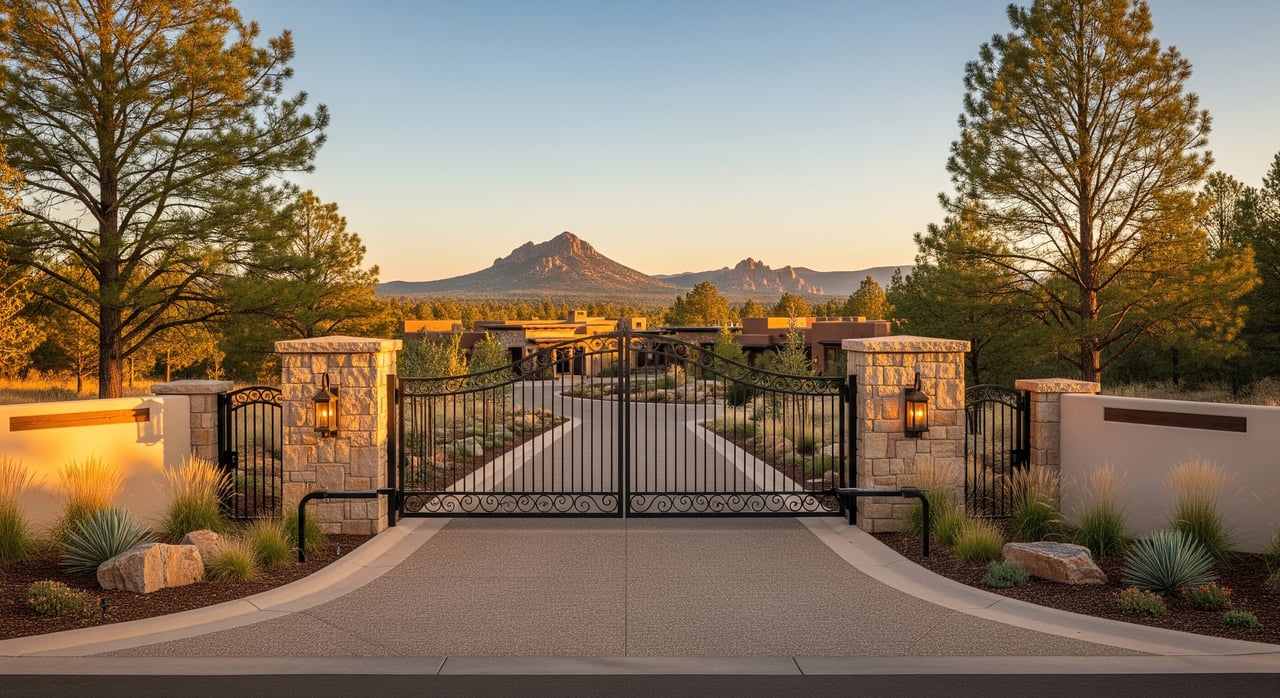Attending an open house is often an exciting step in the home buying process, offering a chance to explore potential properties firsthand. However, while the visual appeal of a home is important, there are many subtler aspects to consider that could impact your decision. Open house tips for buyers extend beyond simply admiring the décor or layout; understanding the property's overall condition, neighborhood dynamics, and long-term investment potential is essential. This article will guide you through what to look for during an open house, ensuring you make a more informed decision when purchasing your next home.
The Foundation and Structure
One of the most critical elements to inspect during an open house is the foundation and structure of the home. Pay attention to visible cracks or uneven floors, as they may indicate potential issues with the foundation. Minor cosmetic damage can be easily fixed, but structural problems might be costly and require extensive repairs. Additionally, look for signs of water damage, such as water stains on walls or ceilings, particularly in basements and crawl spaces. If the house has a basement, it’s important to check for any musty odors, which could point to moisture problems. These early signs could save you from unexpected repairs down the road.
Roof and Gutters
A roof in good condition is crucial for protecting the entire home. When attending an open house, inspect the roof from the outside and look for visible damage such as missing or curling shingles. You can also ask the seller or agent about the age of the roof and whether it has had any recent repairs. Similarly, check the gutters to ensure they are properly attached and free from debris. Clogged or damaged gutters can lead to water damage and costly repairs in the future. If you can see the roof from the backyard or a second-story window, take note of its overall condition as well.
Windows and Doors
While windows and doors may seem like simple features of a home, they can provide valuable insight into the property’s energy efficiency and security. Inspect the windows to see if they open and close smoothly. Look for any cracks, fogging, or condensation between the glass panes, as these could indicate issues with insulation. Pay attention to the frames as well; wooden frames may show signs of rot, while vinyl or aluminum frames can offer better durability. Similarly, check the doors to ensure they fit properly within their frames and operate smoothly. Poorly sealed doors or windows could significantly impact heating and cooling costs.
Electrical and Plumbing Systems
Open houses are an excellent opportunity to gauge the state of a home’s essential systems, such as the electrical and plumbing systems. Ask the seller about the age of the electrical panel and whether it has been updated to meet modern standards. Check the outlets to see if they are in working order and if there are enough for your needs. Similarly, flush the toilets and run faucets to ensure the plumbing system is functioning properly. Look for signs of leaks, especially under sinks or near water heaters, as these could indicate future maintenance needs. If there are any concerns, consider bringing in a professional inspector before making an offer.
Lighting and Ventilation
Good lighting and ventilation can make a huge difference in the feel of a home. During an open house, take note of the natural light flowing into the rooms. A home that feels dark and cramped might need additional lighting or improvements to the layout. Check if the home has adequate ventilation, especially in areas like the kitchen, bathrooms, and laundry room. Stale air or moisture buildup could point to inadequate ventilation, which could lead to mold or mildew problems over time. Open windows to gauge the airflow and assess whether there’s a need for upgrades like exhaust fans or ceiling fans.
Neighborhood and Surroundings
The neighborhood surrounding a home plays a significant role in both its comfort and future value. While at the open house, take a moment to step outside and assess the area. Look for signs of upkeep, such as well-maintained lawns, clean streets, and safe surroundings. Pay attention to any nearby amenities like parks, schools, shopping centers, or public transportation. Also, listen for noise levels—whether from traffic, nearby businesses, or other homes. These factors can greatly impact your experience living in the home. If you’re unfamiliar with the neighborhood, consider visiting the area at different times of day to get a true sense of its atmosphere.
Storage and Space
Another often-overlooked aspect of an open house is storage space. While you may be focused on the home’s layout and size, it’s essential to evaluate whether it provides adequate storage for your needs. Take a look at closets, cabinets, and any additional spaces such as attics or basements. Check if there’s enough space for seasonal items, tools, and other belongings. In homes with smaller square footage, lack of storage can become a significant inconvenience. Keep in mind that some properties might have clever storage solutions that aren’t immediately apparent, so be sure to open every closet and drawer to assess the available space.
Condition of Appliances and Fixtures
If the home includes appliances, make sure they are in good working order. Test the stove, oven, refrigerator, dishwasher, and any other appliances to ensure they function properly. Ask about the age and maintenance history of the appliances as well. Similarly, check the condition of fixtures, such as faucets, light switches, and ceiling fans. Wear and tear on these items might indicate a need for replacement or repair, which could affect your budget after purchasing the home. Keep in mind that while some minor issues can be resolved after purchase, it’s important to factor potential appliance upgrades or repairs into your financial planning.
Noise and Privacy
Take a moment during your open house visit to assess the home’s noise levels and privacy. Is the property located on a busy street with constant traffic? Are the windows thin, allowing outside noise to intrude? Pay attention to the acoustics of the home, especially in bedrooms or other quiet spaces. Also, consider the level of privacy the property offers. Are there neighbors close by, or is the home set in a secluded area? If privacy is a priority for you, make sure the home offers adequate separation from surrounding properties.
Future Renovation Potential
Finally, consider the future potential of the property for renovations or expansions. Whether you plan to make updates immediately or down the line, look for opportunities to enhance the home. For instance, unfinished basements or attics can often be converted into livable spaces, and large backyards may offer room for extensions or additional landscaping. However, be mindful of zoning laws or HOA regulations that could limit what you can do to the property in the future.
Making an Informed Decision
Attending an open house offers a great opportunity to assess a property firsthand, but it’s important to look beyond the surface. By considering structural integrity, system functionality, neighborhood dynamics, and long-term potential, buyers can make more informed decisions and avoid unexpected surprises after purchasing a home. These open house tips for buyers will help ensure that you not only find a property that fits your needs but also one that is a sound investment for the future.
Ready to Find Your Dream Home?
If you’re considering buying a home and need expert guidance, Karen Woodsmall and Abbie Roses at Real Prescott Property Group are here to help. Their team is dedicated to providing thorough, knowledgeable assistance throughout the home-buying process. From open houses to negotiations, they’ll ensure you make the right choice for your future. Reach out today and start your journey to homeownership with confidence.
Other Recommended Reads:




